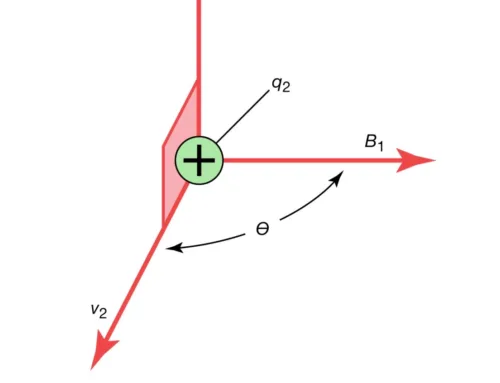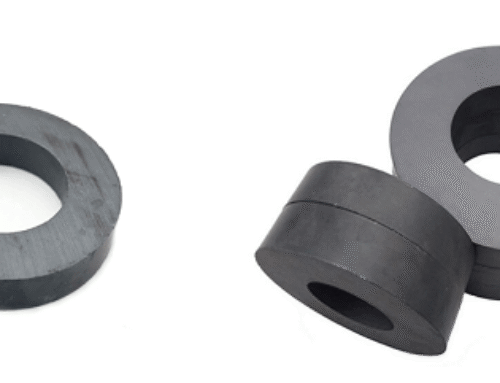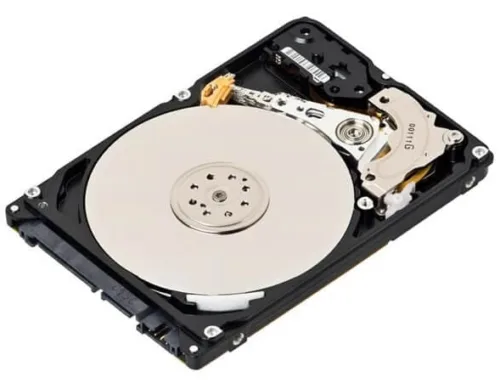When it comes to the lifespan of permanent magnets, there is no definitive “expiration date” or “shelf life.” Under ideal conditions, a magnet can maintain its ability to generate a magnetic field for years, maybe even decades. However, a variety of factors can gradually degrade a magnet’s performance over time, especially if you don’t handle or store it properly.
The Magnetic Lifespan
A permanent magnet’s performance is directly related to its ability to maintain a stable magnetic field. The most likely cause of a decrease in magnet performance is “magnetic creep,” a slow, natural process where a magnet gives in to self-demagnetizing forces. For well-designed magnets, this change is minimal and can take years to decades to manifest. However, in practice, magnets are subjected to environmental and handling conditions that can accelerate the degradation of performance.
Key Factors Affecting Magnet Performance
Several factors can negatively impact the magnetic strength and life of a permanent magnet including volume loss, exposure to external demagnetizing fields, and heat.
- Volume Loss
Volume loss, usually due to physical damage or corrosion, is one of the most common reasons for reduced magnet strength. If a magnet loses material, whether it chips or suffers some other physical damage, the magnetic field it produces decreases proportionally. To prevent volume loss, make sure you store magnets in clean, dry environments. Ideally, you should store them in their original packaging to avoid damage during handling.
- External Demagnetizing Fields
Magnets are susceptible to external magnetic fields, especially from larger or stronger magnets stored nearby. Certain materials, like Alnico and ceramic magnets, are more prone to partial demagnetization when exposed to these fields. Proper storage in the packaging supplied by the vendor, with magnets arranged in rows to attract each other, can help mitigate this risk. Separating different types of magnets during storage can also help reduce the chance of interference.
- Heat
High temperatures can affect a magnet’s strength, especially if they exceed the magnet material’s maximum temperature. For example, rare earth magnets typically have a maximum temperature limit of around 176°F, while ceramic magnets can tolerate temperatures up to 400°F. Even if a magnet isn’t exposed to extreme heat, long-term exposure to moderate heat can accelerate the effects of corrosion and external magnetic fields, leading to a loss of performance. Store magnets in environments that maintain comfortable human temperatures.
How Long Should a Magnet Last?
If you store and handle your permanent magnet properly, it should lose no more than 1% of its magnetic strength over the course of 100 years. However, certain conditions can speed up this process, causing more significant strength loss over time.
- Heat Exposure
As I mentioned earlier, heat above the magnet’s maximum rated level will reduce its strength. Make sure you use magnets within their temperature limits to maintain long-term performance.
- Physical Impact
Magnets are brittle, and sharp impacts can cause fractures, which will weaken their magnetic strength. Be careful when you handle them to avoid physical abuse or accidental damage.
- Welding
Welding near or on magnets is a big no-no. The heat and electric currents generated by the welding process will significantly reduce a magnet’s strength. This effect is even more pronounced if the temperature exceeds the magnet’s maximum rating.
- Liquid Ingress
If moisture gets inside the housing of a magnet, oxidation can occur, causing the material to degrade and the magnetic performance to weaken. If a magnet housing is compromised, fix it immediately to preserve the magnetic strength and, in some applications, for sanitary reasons.
Storage and Handling Best Practices
To maximize the life of your permanent magnets, proper storage and handling are critical. Keeping magnets in their original packaging and storing them in a controlled environment can significantly reduce the risk of volume loss, demagnetization, or performance decline due to heat. If you have a magnet with a questionable storage history or that shows signs of degradation, you can take steps to evaluate and possibly restore its effectiveness.
If you’re concerned about the condition of older magnets or you’re not sure about the best way to store them, consult with us. We can help you ensure you handle them correctly and maximize the life of your magnet inventory.
Conclusion
With proper care, permanent magnets can last for decades with minimal loss of strength. Avoiding common risks, such as high temperatures, external magnetic fields, physical impacts, and moisture, is critical to maintaining magnet performance over time. By following these best practices, you can keep your magnets working as you need them to for years to come.





Leave A Comment